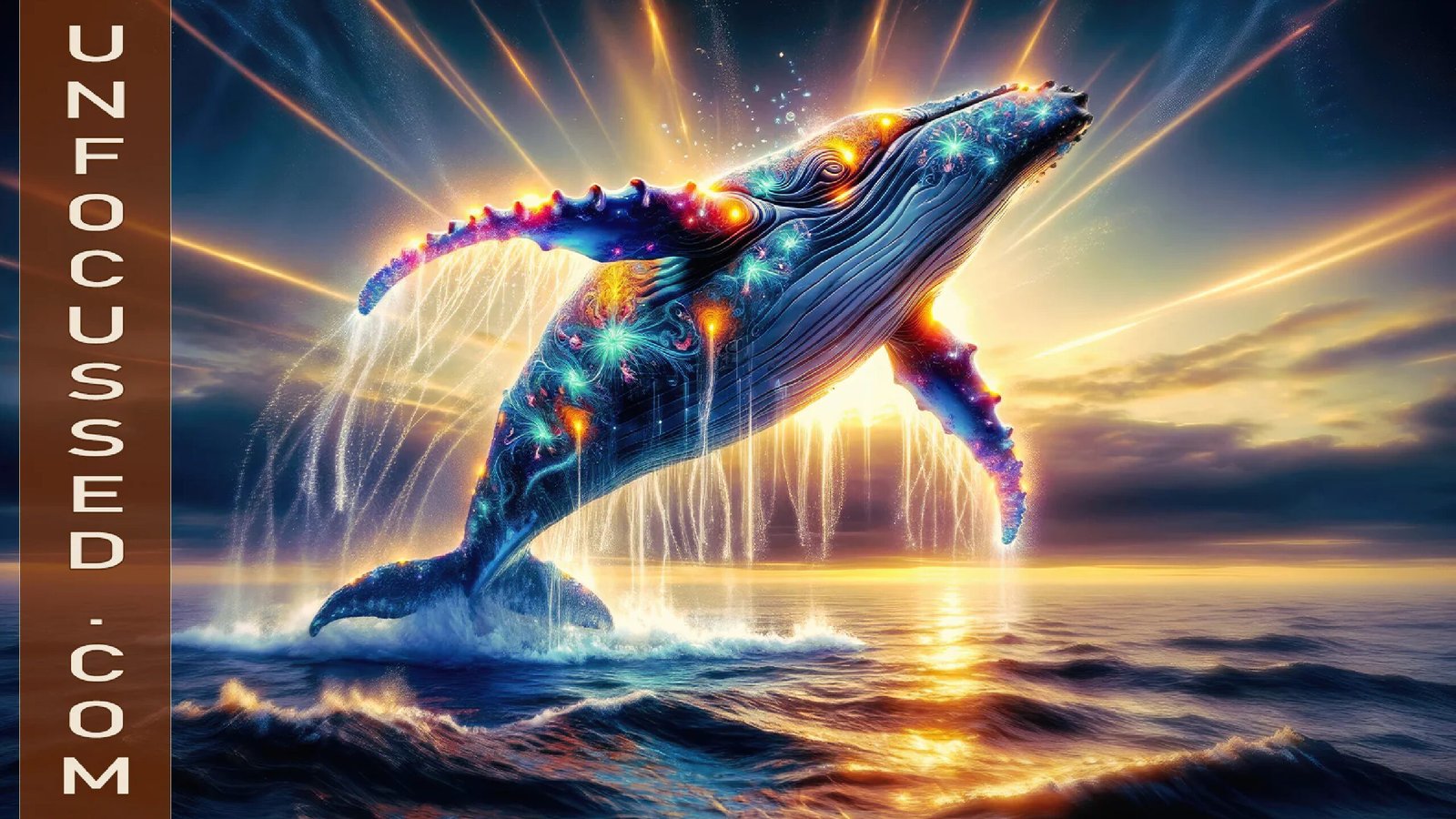Introduction: The vastness of the ocean holds mysteries beyond human comprehension, and one such enigma surfaced when reports emerged of a blue whale bitten in half. This colossal creature, the largest known to have ever existed on Earth, fell victim to an unknown assailant, leaving scientists and marine enthusiasts baffled. Let’s delve into this extraordinary event and explore the possible explanations behind this chilling encounter.
The Enigmatic Scene: Imagine the scene: the tranquil expanse of the ocean disturbed by a startling sight – a gargantuan blue whale, the epitome of marine majesty, found severed in two. Such a sight is not merely shocking; it’s a puzzle demanding urgent unraveling. Experts, upon encountering this surreal spectacle, were left grappling with questions that stretched the limits of their understanding.
Unprecedented Predation or Natural Catastrophe?: The first hypothesis that springs to mind is predation. While orcas, also known as killer whales, are known to hunt blue whales, biting one in half seems almost inconceivable, akin to a lion felling an elephant. Yet, nature’s savagery knows few bounds. Orcas, in their highly coordinated pods, have been observed orchestrating complex attacks on their formidable quarry. Could this be a case of an unprecedented hunt, or perhaps a miscalculation turned tragic for both predator and prey?
Alternatively, the ocean’s depths are fraught with natural perils. Collision with a colossal iceberg or a freak accident involving another large marine creature cannot be dismissed outright. However, the precision required to cleave a blue whale in two suggests a force of nature or a predator of unparalleled prowess.
Unraveling the Culprit: The search for the perpetrator intensifies as scientists sift through the evidence. Marine biologists pore over data, analyzing the bite marks, considering the force required, and scrutinizing behavioral patterns of potential predators. Could it be a rogue orca with a penchant for audacious feats, or perhaps an elusive apex predator yet to be documented?
Environmental Implications: Beyond the spectacle lies a sobering realization of the fragility of marine ecosystems. The blue whale, a keystone species, plays a vital role in maintaining the delicate balance of oceanic life. Its untimely demise reverberates throughout the food chain, potentially disrupting ecosystems in unforeseen ways. Understanding the circumstances surrounding its demise is not merely an academic pursuit but a crucial step in safeguarding the ocean’s intricate web of life.
Conclusion: The case of the blue whale bitten in half stands as a testament to the unfathomable mysteries that lie beneath the ocean’s surface. Whether the result of unprecedented predation, a natural catastrophe, or an as-yet-undiscovered force of nature, this enigmatic event challenges our understanding of marine ecosystems and underscores the urgency of conservation efforts. As scientists continue their investigation, one thing remains certain: the ocean, with all its wonders and dangers, continues to hold secrets waiting to be uncovered.
3.5

